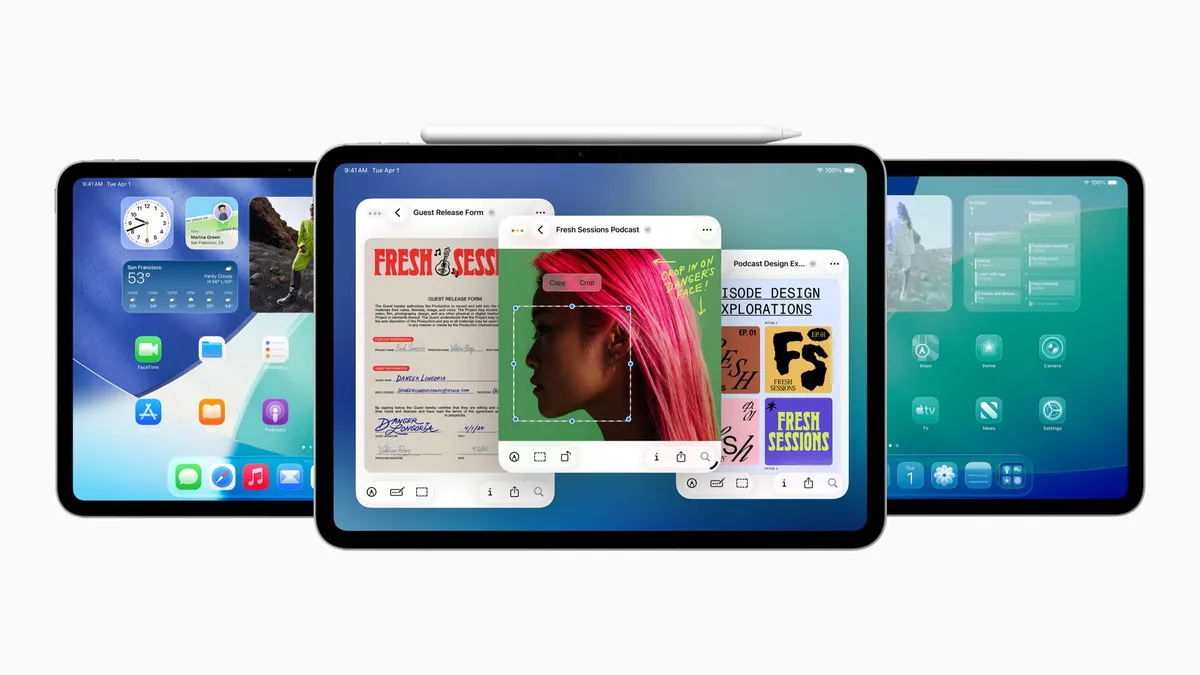
The recent release of iPadOS 26 introduced a much-anticipated Liquid Glass UI makeover, but this wasn't the only enhancement Apple rolled out. The tech giant has expanded the productivity features for compatible tablets, significantly improving multitasking capabilities. These updates position the iPad as a more robust alternative to traditional notebooks, appealing to both casual users and power users alike.
A key similarity between Macs and iPads is their reliance on the same Apple Silicon technology. This shared architecture suggests that both product lines could potentially run macOS seamlessly. However, in a recent interview, Craig Federighi, Apple's Senior Vice President of Software Engineering, addressed this possibility, downplaying the likelihood of a macOS transition to the iPad. Federighi emphasized the need to maintain the iPad’s simplicity, a core aspect of its appeal.
On Rafael Zeier’s popular YouTube channel, Federighi clarified Apple’s position on integrating macOS into the iPad ecosystem. Despite the introduction of Mac-like features in iPadOS 26, he stated that merging the two operating systems is not on the horizon. This decision aligns with Apple's commitment to preserving the unique user experience that iPads offer, particularly their intuitive touch interface.
With the release of iPadOS 26, users can benefit from several new features designed to enhance productivity. This includes flexible app windowing, advanced keyboard shortcuts, and a floating menu bar. These improvements, coupled with existing keyboard and mouse support, aim to cater to the needs of power users, making the iPad a more viable option for complex tasks.
Federighi's commitment to keeping the iPad simple is evident in his remarks. He believes that the iPad should remain accessible to users of all ages, which is a significant factor in its widespread adoption. The seamless integration of these new features into the iPadOS ecosystem is designed to enhance user experience without overwhelming them.
During its Q2 2025 earnings call, Apple reported a remarkable $6.4 billion in revenue from iPad sales, reinforcing its position as the largest tablet vendor globally. This financial success underscores Apple's strategy to keep the iPad and macOS separate, prioritizing its billion-dollar business segment. With its current trajectory, it appears that Apple will continue to maintain this distinction, ensuring that both the iPad and Mac serve their unique purposes in the tech landscape.
In conclusion, while the advancements in iPadOS 26 are substantial, Apple's commitment to preserving the iPad's simplicity suggests that a full merger with macOS remains unlikely. The enhancements introduced in iPadOS 26 are designed to bolster productivity while keeping the user experience intuitive and accessible.